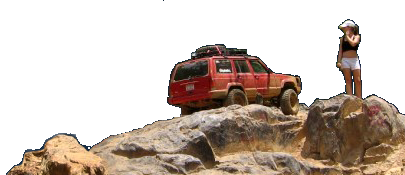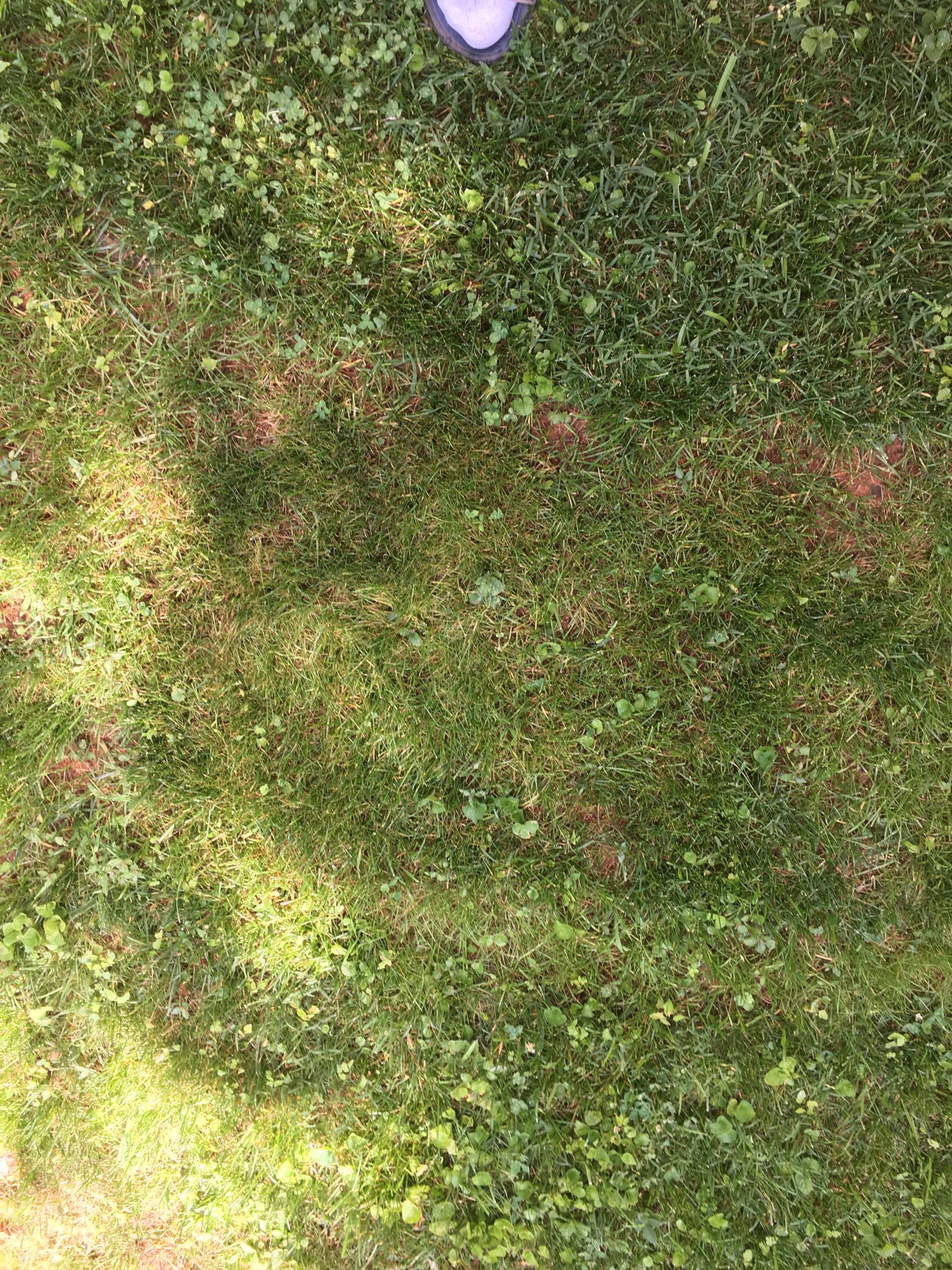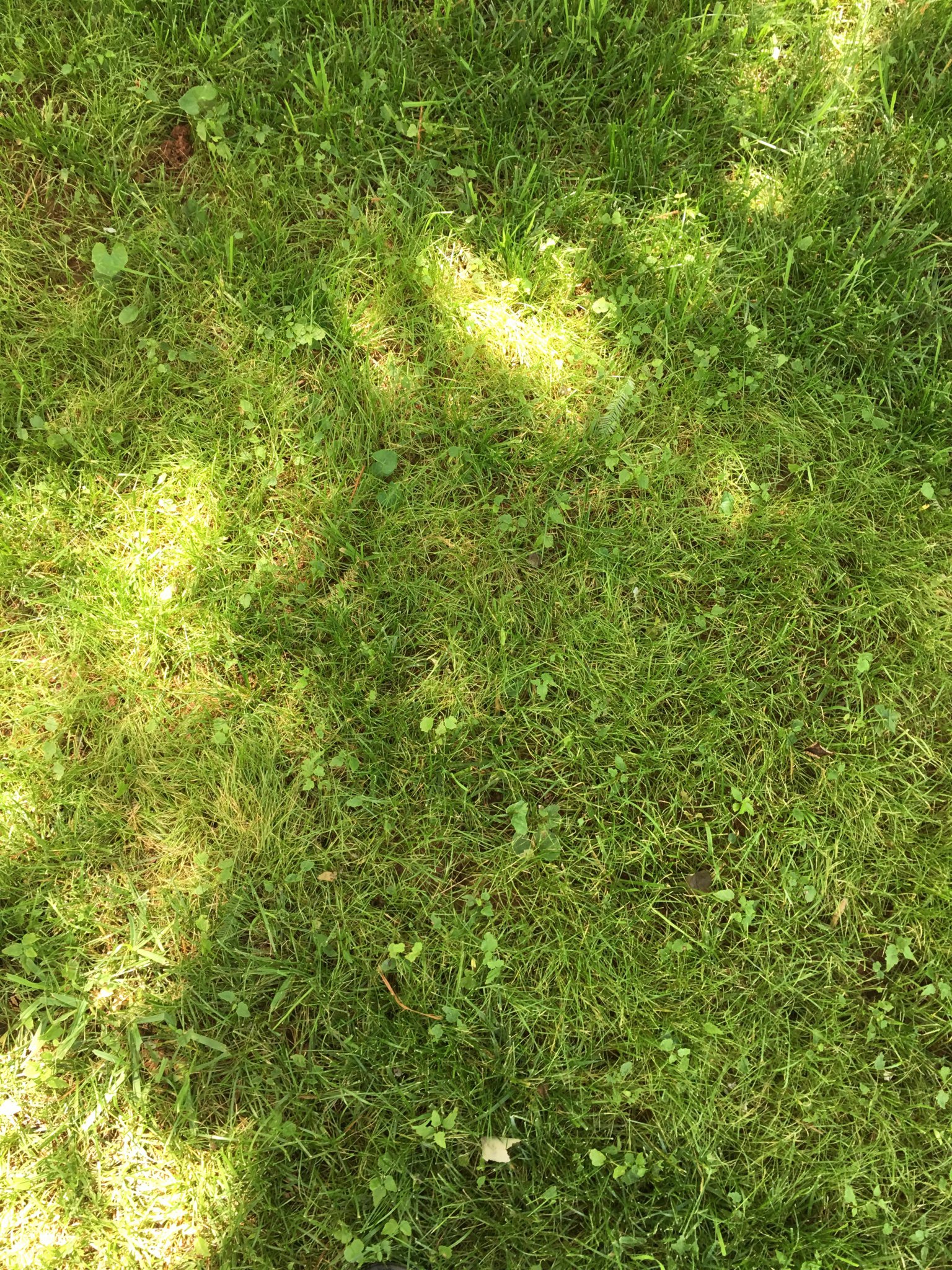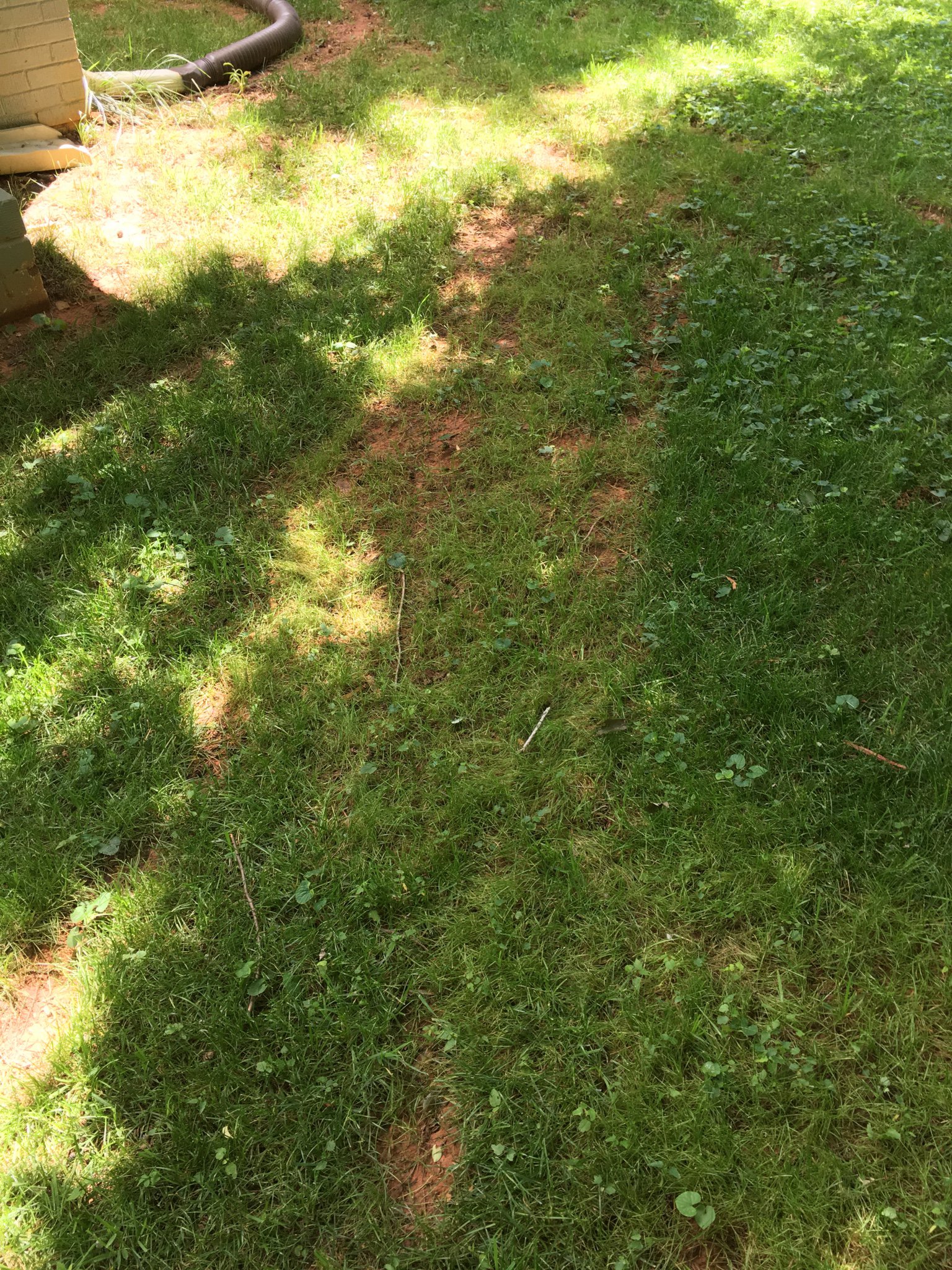YotaOnRocks
Well-Known Member
- Joined
- Jul 17, 2007
- Location
- Madison
Anything I can do to kill clover now. I have let my yard go because of construction in the front and back the last couple years. I'm not ready to work on the lawn yet but the clover is getting ridiculous.






